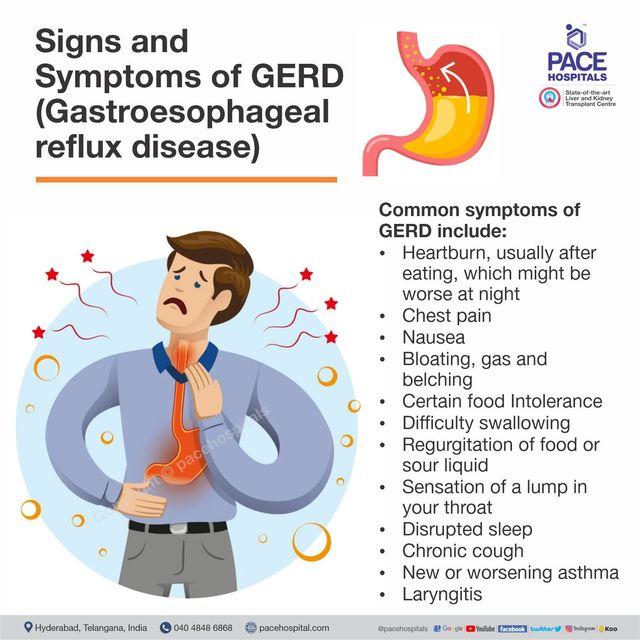Understanding and Managing Acid Reflux: A Comprehensive Guide
In today’s world, where our eating habits and lifestyle choices are increasingly examined, acid reflux has emerged as a common health issue impacting countless individuals. Recent studies indicate that the symptoms associated with gastroesophageal reflux disease (GERD) can be not only uncomfortable but also lead to severe health complications if ignored. For those seeking relief, recognizing how lifestyle modifications can influence this condition is essential. This article explores practical strategies for minimizing the risk of acid reflux, emphasizing the significance of nutrition, physical activity, and conscious living.
Effective Lifestyle Changes for Acid Reflux Relief
For many individuals looking to alleviate their acid reflux symptoms, straightforward yet impactful lifestyle changes can yield positive results. Dietary modifications are crucial in managing these symptoms effectively. Including more alkaline-rich foods, such as bananas, melons, and leafy greens in your diet can help neutralize stomach acidity levels. It’s equally important to steer clear of trigger foods like spicy meals, citrus fruits, and high-fat items that may worsen symptoms. Additionally, being mindful of portion sizes by opting for smaller meals throughout the day can reduce pressure on the stomach and lower the chances of experiencing reflux episodes.
The role of physical activity in combating acid reflux cannot be overstated either. Engaging in moderate exercises like walking or swimming aids digestion while alleviating discomfort; however, it’s advisable to avoid intense workouts right after eating. Furthermore, maintaining proper posture, such as sitting upright during meals and waiting at least three hours post-dinner before lying down can significantly decrease the risk of experiencing reflux.
Nutritional Strategies for Enhanced Digestive Health
A diet abundant in specific nutrients is vital for promoting digestive well-being while reducing discomfort linked with acid reflux. Foods rich in fiber—such as whole grains along with various fruits and vegetables—support healthy digestion by encouraging regular bowel movements and preventing constipation issues. Incorporating fermented options like yogurt or kimchi into your meals enhances gut health by nurturing beneficial bacteria within your digestive system.
Avoiding known trigger foods is equally critical; some common offenders include:
- Pungent Spices:
- Citrus Fruits:
- Tomato-Based Products:
- Sweets Containing Chocolate:
- Peppermint:
- Caffeinated Drinks: strong> li >
The timing of meals along with portion control plays a significant role too; consuming smaller portions more frequently helps prevent excessive fullness that could lead to increased pressure on the stomach lining resulting in acid reflux episodes later on—especially when lying down shortly after large meals should be avoided altogether! Keeping a food journal may assist individuals in pinpointing specific dietary triggers related to their symptoms effectively.
| Meal Timing Recommendations | Sensible Practices |
|---|---|
| Select Smaller Portions | Avoid overindulgence by limiting serving sizes. |
| No Late-Night Eating td > < | Finish dining at least 2-3 hours prior bedtime.< / td > tr > << tr > tbody > table > h2 id=”the-role-of-exercise-and-weight-control-in-acid-reflux-prevention”>The Role Of Exercise And Weight Control In Preventing Acid Reflux p Regularly incorporating exercise into one’s daily routine not only benefits overall wellness but also plays an integral part when it comes down managing weight—a key factor particularly relevant among those susceptible towards developing issues related towards acidic regurgitation . Moderate forms such as brisk walking , cycling , or swimming serve well here since they promote healthy body composition alongside improved digestive function . Low-impact workouts tend especially advantageous given their reduced likelihood triggering flare-ups following mealtime consumption . Moreover establishing consistent fitness routines contributes positively towards muscle tone development around abdominal regions which supports lower esophageal sphincter functionality thereby helping mitigate instances where acids flow back up esophagus . Individuals should prioritize core-strengthening exercises alongside flexibility-enhancing practices like yoga or pilates which additionally foster relaxation techniques proven effective against stress-induced triggers commonly associated with GERD . To aid you on this journey consider these beneficial activities:
|
